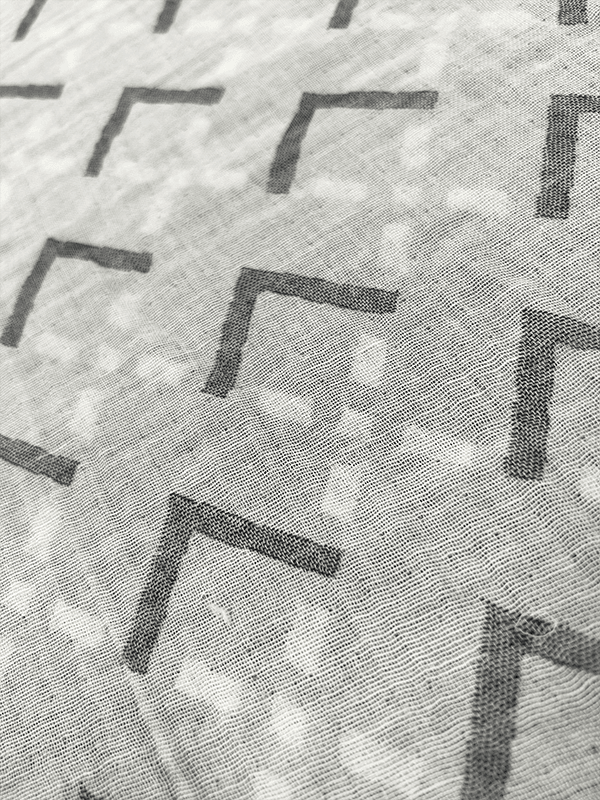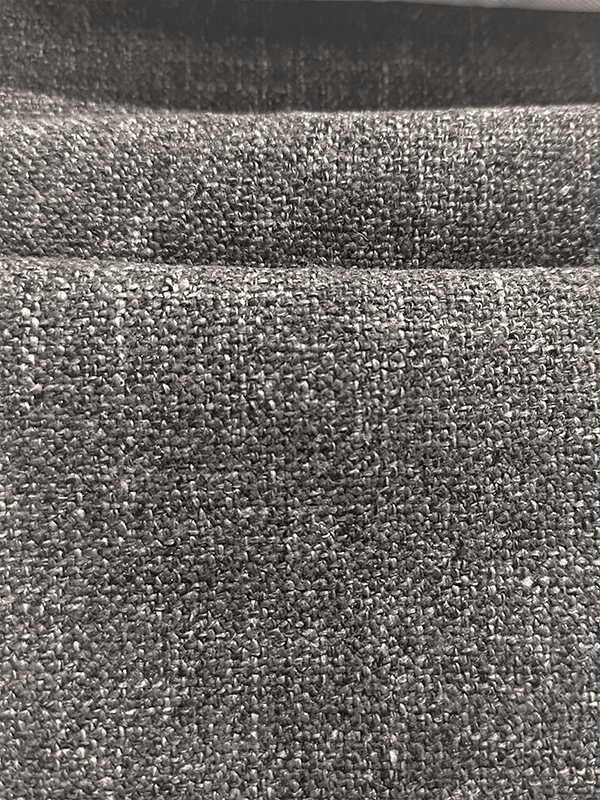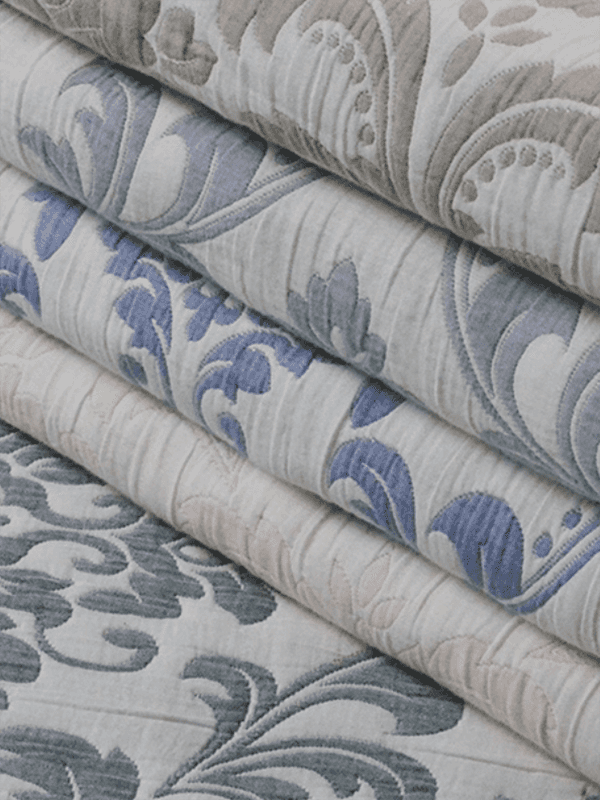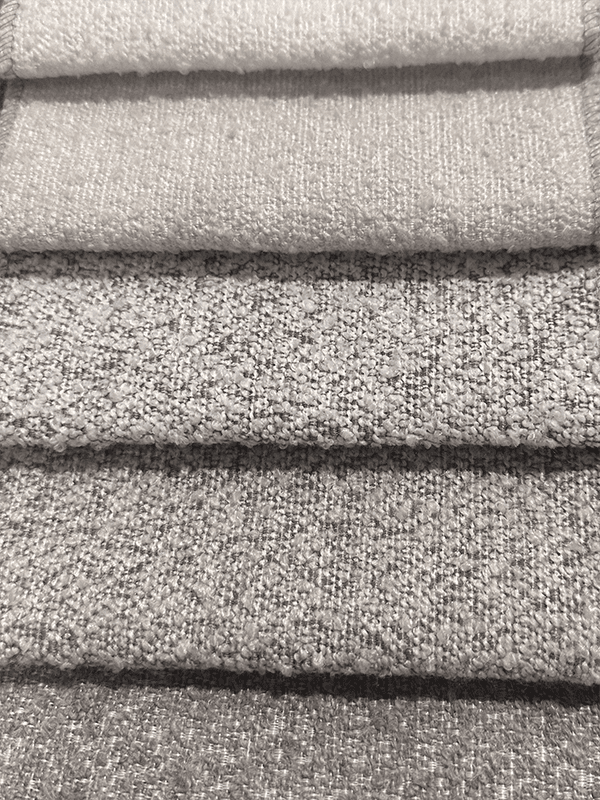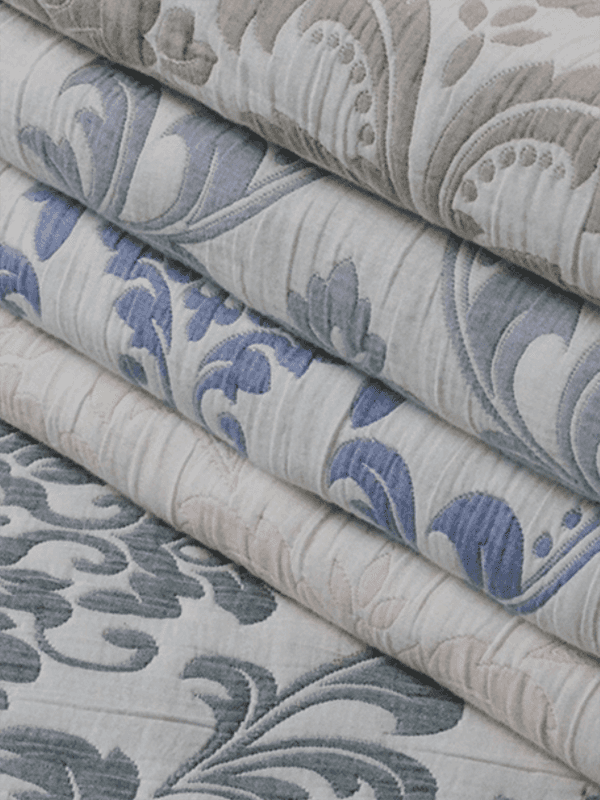Curtains are more than just decorative elements in a home; they play a crucial role in controlling light, enhancing privacy, and regulating indoor temperature. For homeowners seeking to block sunlight, reduce energy costs, and maintain a comfortable indoor climate, choosing the right curtain fabric is essential. Blackout curtains and thermal-insulated curtains rely heavily on the type of fabric used to achieve their functional goals.
This guide explores the best fabrics for blackout and thermal-insulated curtains, their properties, advantages, and how to choose the right one for your needs.
Understanding Blackout and Thermal-Insulated Curtains
Blackout curtains are designed to completely block out sunlight, making them ideal for bedrooms, media rooms, or spaces requiring darkness during the day. The effectiveness of a blackout curtain depends on fabric thickness, weave, color, and backing materials.
Thermal-insulated curtains help maintain indoor temperature by reducing heat loss in winter and minimizing heat gain in summer. These curtains are particularly beneficial in energy-conscious homes, helping reduce heating and cooling costs.
Many curtains combine both blackout and thermal properties, providing complete light control while enhancing energy efficiency.
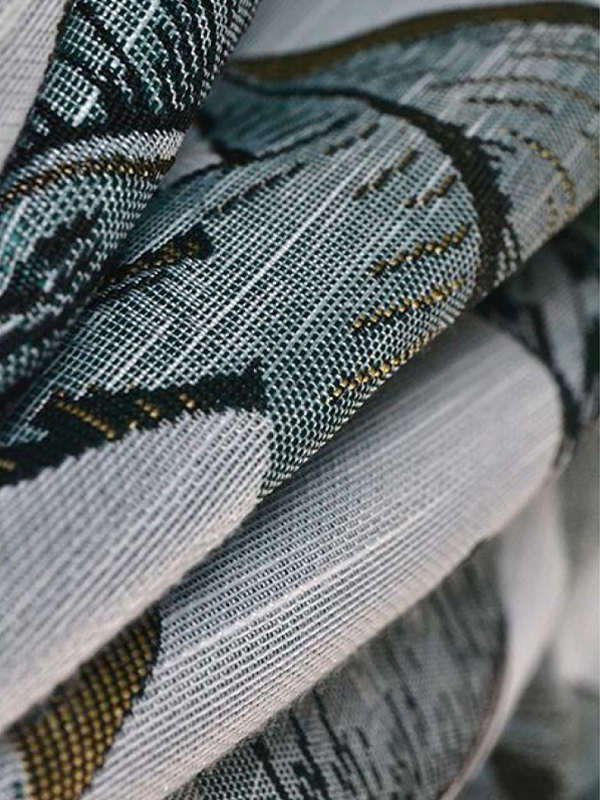
Key Features to Look for in Curtain Fabrics
When selecting curtain fabrics for blackout or thermal insulation, consider the following characteristics:
Fabric Thickness and Density
Thick, tightly woven fabrics are more effective at blocking light and insulating against heat loss.
Medium to heavyweight fabrics are preferred for bedrooms and living rooms.
Material Type
Different fibers offer varying levels of light blocking, thermal insulation, and durability.
Color and Finish
Darker colors absorb more light and are ideal for complete blackout effects.
Lighter colors reflect heat, which may be preferable in warmer climates.
Backing or Lining
Many blackout and thermal curtains include a polyurethane, acrylic, or foam backing that enhances light-blocking and insulating properties.
Best Curtain Fabrics for Blackout Curtains
1. Polyester
Polyester is the most common fabric for blackout curtains due to its durability, affordability, and flexibility.
Advantages:
Tightly woven polyester effectively blocks sunlight.
Can be blended with other fibers for enhanced texture and appearance.
Resistant to shrinking, stretching, and wrinkling.
Considerations:
Polyester alone may not provide complete thermal insulation; backing or lining may be required.
2. Velvet
Velvet is a luxurious, dense fabric that naturally blocks light and reduces noise.
Advantages:
Thick pile helps prevent light penetration.
Provides a rich, elegant look for formal rooms.
Adds warmth and sound-dampening properties.
Considerations:
Heavyweight, may require robust curtain rods.
Can be expensive and requires careful cleaning.
3. Cotton with Blackout Lining
Cotton curtains are breathable and versatile but need a blackout lining to block light effectively.
Advantages:
Natural fiber with soft texture.
Can be combined with thermal lining for insulation.
Wide variety of colors and prints available.
Considerations:
Without lining, cotton is not suitable for complete light blocking.
4. Microfiber and Suede
Microfiber and faux suede fabrics are tightly woven, soft, and excellent for blocking light.
Advantages:
Lightweight yet effective in light control.
Soft to touch, enhancing the room’s cozy feel.
Durable and resistant to fading.
Considerations:
May need additional lining for maximum insulation in colder climates.
Best Curtain Fabrics for Thermal Insulation
1. Thermal Polyester
Thermal polyester curtains are specially designed with insulating properties to retain heat in winter and reflect heat in summer.
Advantages:
Lightweight yet thermally efficient.
Can reduce energy bills by maintaining indoor temperature.
Easy to clean and maintain.
Considerations:
May require darker colors for combined blackout effects.
2. Velvet or Chenille
Velvet and chenille are excellent thermal insulators due to their thick pile and dense weave.
Advantages:
Trap air between fibers, reducing heat loss.
Provide both warmth and aesthetic appeal.
Help reduce noise from outside.
Considerations:
Heavier fabrics may need strong curtain rods and hooks.
3. Thermal Cotton Blends
Cotton blends with thermal lining are ideal for all-season use.
Advantages:
Natural fibers combined with insulating linings offer comfort and temperature regulation.
Soft texture suitable for bedrooms.
Breathable yet efficient in heat retention.
Considerations:
Pure cotton alone is not sufficient for significant thermal insulation.
4. Blackout-Backed Fabrics
Fabrics with thermal-backed lining combine light-blocking and insulation in one.
Advantages:
Serve dual purposes: reduce sunlight and maintain indoor temperature.
Ideal for bedrooms, nurseries, and media rooms.
Available in various colors, textures, and patterns.
Considerations:
May be slightly heavier and require careful handling during installation.
Comparing Blackout and Thermal Curtain Fabrics
| Feature | Flannel-like / Velvet Fabrics | Polyester / Microfiber | Cotton with Thermal Lining |
| Light Blocking | Excellent | Very Good | Requires lining |
| Thermal Insulation | Excellent | Good | Excellent with lining |
| Weight | Heavy | Medium | Medium |
| Durability | High | High | Medium to High |
| Maintenance | Moderate | Easy | Moderate |
| Style & Aesthetics | Luxurious | Modern / Smooth | Versatile |
Summary:
Velvet and flannel-like fabrics are the best for combined blackout and thermal insulation, providing luxury, warmth, and light control.
Polyester and microfiber are practical, lightweight, and easy to maintain, making them suitable for most rooms.
Cotton with a thermal lining offers natural breathability with insulation, ideal for eco-conscious households.
Practical Tips for Choosing Curtain Fabrics
Measure Your Windows Accurately
Ensure enough fabric to cover the window fully for maximum light-blocking and insulation.
Consider Room Function
Bedrooms and media rooms benefit from complete blackout fabrics.
Living rooms and kitchens may prioritize style with partial light-blocking and thermal insulation.
Evaluate Climate
Cold climates: Choose thick, heavy fabrics with thermal backing.
Hot climates: Lighter fabrics with reflective or insulated backing can reduce heat gain.
Check Maintenance Requirements
Velvet and chenille require gentle cleaning.
Polyester and microfiber are machine washable and low maintenance.
Consider Aesthetic Preferences
Choose fabrics and colors that match room décor while serving functional purposes.
Conclusion
When it comes to blackout curtains or thermal-insulated curtains, the fabric choice is critical. The best fabrics combine functionality, aesthetics, and durability.
Velvet and flannel-like fabrics provide luxurious warmth and complete light blocking, ideal for bedrooms and formal spaces.
Polyester and microfiber are lightweight, durable, and easy to maintain, suitable for everyday use and energy-efficient homes.
Cotton with thermal lining balances breathability and insulation, perfect for eco-conscious and all-season solutions.
By understanding the properties of different curtain fabrics, homeowners can select the perfect curtains to enhance comfort, regulate temperature, and elevate the room’s style. Investing in high-quality fabrics ensures long-lasting performance, energy savings, and a cozy, functional living space.

 English
English 中文简体
中文简体 Español
Español عربى
عربى